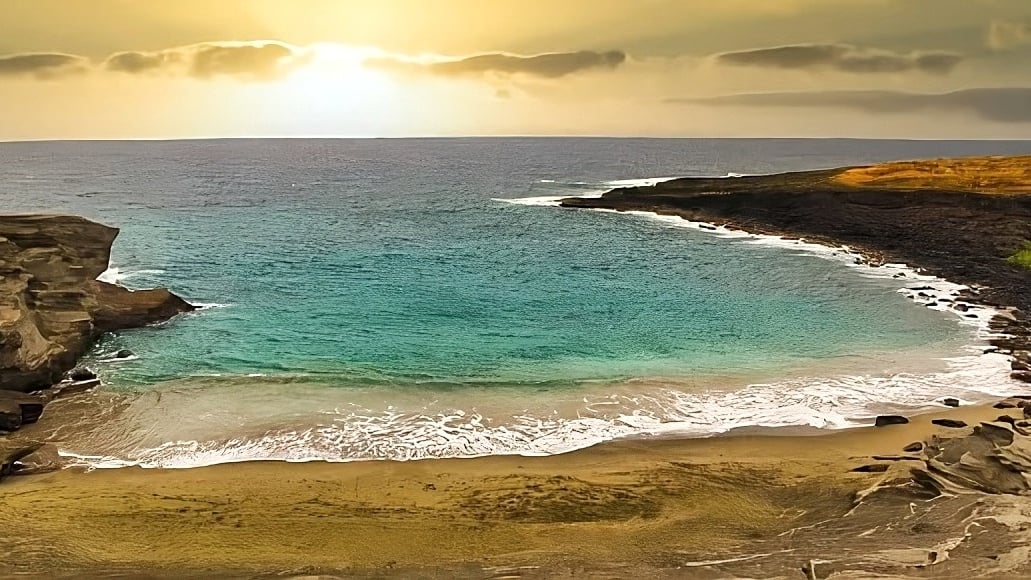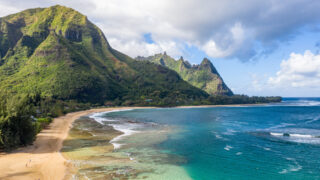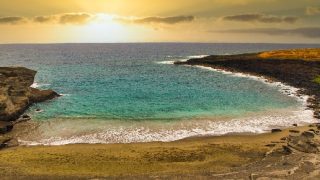Imagine your doctor prescribing a trip to Hawaii. For many visitors and residents, the islands already feel like medicine, with research showing Hawaii ranks among the healthiest states in America and offers the nation’s longest life expectancy. Sweden is now making global headlines by transforming wellness into a structured form of prescription tourism. Hawaii may have a stronger claim if it can substantiate its reputation with science and safeguard the visitor experience.
Why Hawaii ranks high for health in America.
Hawaii consistently tops national health rankings. The United Health Foundation has often named it the healthiest state for more than a decade, and life expectancy here is the highest in the country at about 80 years. Researchers attribute this to clean air and water, year-round access to outdoor activity, and strong community ties.
Visitors often experience numerous measurable benefits as well. Past studies cited in Beat of Hawaii have shown that people who take vacations live longer, report greater satisfaction, and maintain stronger heart health. Anecdotally, readers tell us their blood pressure improves after just a week in the islands. One visitor wrote that they sleep more deeply in Hawaii than anywhere else. These personal accounts align with broader research on the restorative power of time in nature and ocean environments.
Cultural practices add to Hawaii’s wellness edge. Healing traditions like lomilomi massage, the grounding rhythm of hula, and the focus on ohana and community all contribute to a holistic sense of wellbeing. Unlike other destinations that must invent wellness offerings, Hawaii’s are baked into daily life.
How Sweden beat Hawaii to the prescription tourism market.
Sweden’s campaign is drawing global headlines because it takes what Hawaii has long implied and makes it explicit. Doctors there are beginning to prescribe time in nature, cultural events, and even coffee breaks as legitimate interventions. Survey data from YouGov, systematic health reviews, and partnerships with medical organizations, such as Park Rx America in the United States, support the program.
By anchoring its campaign in science, Sweden has positioned itself not only as a travel destination but as a public health partner. That is a sharp contrast to Hawaii, where health benefits are widely acknowledged but rarely backed by research or policy.
This raises an uncomfortable question. If wellness tourism is a $500 billion global market, why is Hawaii letting others define the narrative first?
Hawaii’s wellness claims still lack scientific backing.
Hawaii’s reputation for health is strong but anecdotal. References to negative ions at waterfalls or the calming effect of sunsets may seem very real, but they lack rigorous evidence. This credibility gap leaves Hawaii vulnerable.
Imagine if Hawaii partnered with the University of Hawaii medical school to measure the impact of a two-week stay on stress hormones, sleep cycles, or cardiovascular health. Imagine if insurers began covering part of a trip to Hawaii as preventive care. These ideas are not far-fetched, considering that other destinations are already putting their data on the table.
Without that kind of scientific foundation, Hawaii risks falling behind. Sweden is proving that wellness branding in 2025 requires more than beautiful landscapes. It requires evidence.
Visitor stress risks undermining Hawaii’s health story.
Wellness depends not only on natural assets but on the full visitor journey. Readers frequently tell us that while the islands are restorative, stress creeps in through crowding, high costs, and other friction points.
HTA’s most recent Visitor Satisfaction and Activity Survey shows that over 90% of travelers say their Hawaii trip met or exceeded expectations. At the same time, research from the University of Hawaii’s UHERO program highlights cost as the single largest deterrent to returning, with more than half of U.S. visitors who do not plan to come back citing the islands as too expensive.
Concerns about crowding and commercialization also surface regularly in visitor feedback. These are measurable risks to Hawaii’s wellness narrative. A destination cannot credibly market itself as a prescription-level healthy option if some travelers leave feeling more stressed than when they arrived.
Infrastructure plays a role, too. Safer sidewalks, cleaner parks and restrooms, and access to less crowded trails and beaches are not luxuries in this context. They are core elements of the health benefits Hawaii can claim to offer.
Can Hawaii build a wellness tourism business case?
The opportunity is clear. The Global Wellness Institute predicts that the value of the wellness tourism market will exceed one trillion dollars annually by 2027, and is expected to continue growing. If Hawaii captured even a small fraction of that global market, it could translate into billions of dollars in annual revenue.
Some resorts are already testing the waters. Sensei Lanai, for example, bills itself as a science-backed wellness retreat. The Four Seasons Hualalai offers programs combining fitness, spa, and nutrition. Others in Hawaii integrate yoga, meditation, and cultural practices into visitor experiences. However, these remain somewhat isolated examples rather than being part of a coordinated Hawaii brand.
The cost of building a wellness brand for Hawaii would not be insignificant. Scientific studies require funding. And infrastructure upgrades to reduce visitor stress come with price tags. But the return on investment could be significant if Hawaii successfully positioned itself as the world’s prescription destination.
Competitive landscape.
Sweden is not the only competitor. Costa Rica has long promoted itself as a wellness hub, with ecotourism and yoga retreats. Japan markets traditional practices with modern health benefits. Iceland draws visitors for geothermal spa therapy. The list goes on. But clearly, Hawaii can have its place.
Each of these other destinations has carved out a wellness niche. Hawaii has the advantage of proximity to the U.S. mainland, easy domestic travel, unmatched ocean access, and cultural healing traditions. But unless it moves quickly to frame those assets, the market may assume others are leading.
Looking ahead.
Sweden’s prescription tourism campaign is designed to generate global headlines, and it has already done so. Whether doctors truly begin writing “Sweden” on prescription pads is less important than the perception it creates. Sweden is now on the wellness map in a structured, science-backed way.
Hawaii has the raw ingredients to claim that role more authentically. The islands offer clean air, warm water, cultural healing, and a proven track record of health outcomes. But reputation alone is not enough. Visitors want assurance that their trips are restorative, not stressful. They want measurable benefits, not just anecdotes.
The opportunity is here. Hawaii could seize it by pairing cultural traditions with credible science, building infrastructure that reduces stress, and presenting a united front as the world’s prescription destination. The alternative is to watch other countries define the space while Hawaii relies on a fading reputation.
Do you believe the experience in Hawaii is restorative enough to deserve a prescription?
Photo Credit: Green Sand Beach, Big Island.
Get Breaking Hawaii Travel News







Oh Yeah. What is the skin cancer rate of Hawaii since you are located so close to the equator. I bet that’s higher than the national average.
Absolutely worth a prescription for wellness is Hawaii.
This is the best time to establish the title , when the governor is a physician, who can legallly write a prescription for wellness.
/report from university of Hawaii will certainly add value
I agree there is strong evidence that visiting, and living in Hawaii promotes good health and restoration.
An element not mentioned in the article is weakness of medical services. Finding a doctor is a challenge. There is ample evidence that residents leave Hawaii to secure medical services on the mainland. Medical services should be improved for tourists and residents. The Governor’s post fire emergency proclamation authorized recognition of other state certification for practice of certain disciplines. This is an example of a measure that should be enacted.
A related topic is medical insurance. Difficulty getting insurance coverage from mainland companies is a big challenge. State regulators should endeavor to remove barriers to out of state insurance carriers.
First priority for green fee need to be protection of islands from erosion